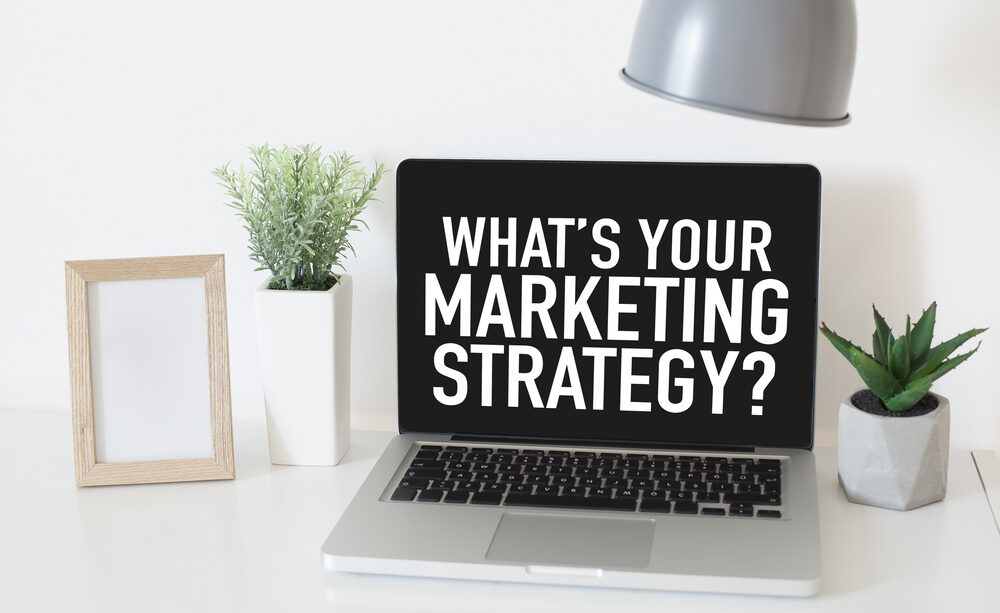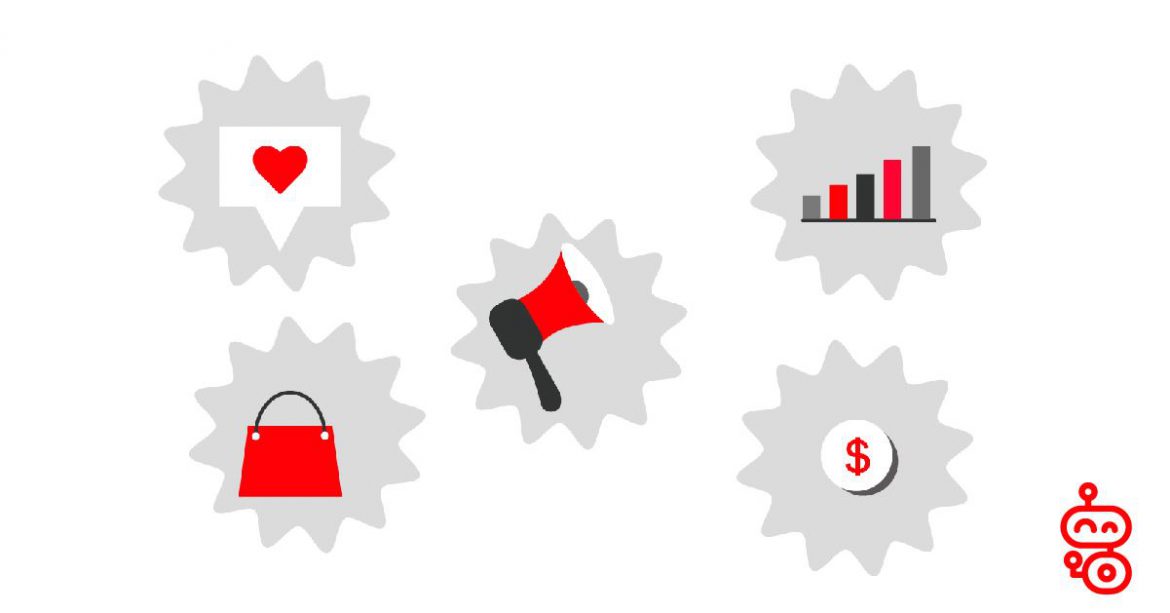B2B Marketing Strategies Every Small Business Should Adopt
It is important for small businesses to be clever and proficient in their marketing efforts to stand out and attract potential clients. B2B marketing strategies that implement a variety of tactics can help small businesses achieve their goals. Let us find out which fundamental marketing tactics ...
Unchartered marketing territory: How curious are you to be the first player?
Marketing is a dynamic and competitive field that requires constant innovation and adaptation. Marketing is also a strategic and creative field that offers endless opportunities and challenges. Marketing is not only about selling products or services, but also about creating value, building ...
Does My Small Business Need A Marketing Strategy?
There is no denying it, the answer to that is yes! Although this blog focuses on start-ups and small businesses. It is essential to remember that a marketing strategy is an essential component for all businesses’ success regardless of their type, stage, and size. We cannot operate or hope to ...
4 Marketing Trends to Outrank the Competition in 2021
Marketing dynamics have changed dramatically in the past year, in the wake of a global pandemic, providing an ever-growing reason to be aggressive in your marketing strategy and find the pockets of opportunity dotted across the new terrain. With a reduction in the size of the global economy and ...
How Marketers Are Adapting To A New Way Of Thinking
In light of the pandemic, it has become nothing but obvious that businesses need to rethink their marketing strategies and digitalize their business. With many businesses shutting down in the last year, marketers are evolving and adopting a new way of thinking. Businesses require to take ...
The Best Go-To-Market Strategy Examples
Source: Marketing Eye Australia Go-to-market strategies that are well thought through, strategic by nature and research-backed have a higher likelihood of success than those that rely on ad hoc marketing tactics or old methodologies. Having a good example of a go-to-market strategy will ensure ...










